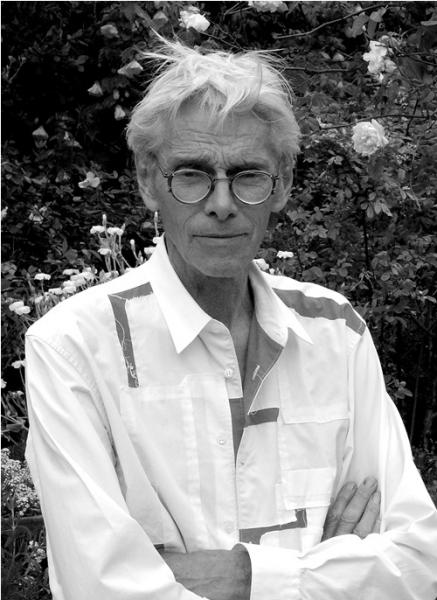On Monday, via my Facebook feed, I heard that art critic and art historian Francis Pound had died. I knew he had been gravely ill, but finality is always a shock. Since the publication of his magnum opus—The Invention of New Zealand: Art and National Identity 1930–1970—in 2009, Pound had not been so visible as a commentator. He’d been off the hustings. Because of this, a younger generation may not appreciate that he had been such a looming, influential, and racy figure, especially in the 1980s and 1990s. He changed the shape and direction of New Zealand art.
From the outset, Pound had a perspective. His essays were never random commentary; they were windows on a big-picture view of New Zealand art that spanned from the art of colonial times to works made yesterday. An enemy of parochialism, an advocate of internationalism, Pound promoted a new canon of local art that linked the modernism of Gordon Walters to the postmodernisms of Billy Apple, Richard Killeen, and Julian Dashper.
Pound was a stylish, witty writer—a disciple of Roland Barthes. He could turn a phrase. He was a unique amalgam of tastemaker, polemicist, historian, and teacher, and a champion of artists. For years, he and Killeen were a double act; Killeen’s work serving his theoretical agendas, his writing centralising Killeen in the story.
When I started working as a curator and critic in the mid-1980s, Pound was a model for me as for others. He made the scene seem consequential and sexy—a theatre for argument and play. He wanted to shape art, in the future and the past. He would doubtless have agreed with Marx, who wrote, ‘Philosophers have hitherto only interpreted the world in various ways; the point is to change it.’
But, sadly, death is the end of change. In his 1991 essay ‘Deathdate’, Pound wrote: ‘The museum wants the artist timeless. It is waiting for the death. Only with the closure of death does the oeuvre completely and happily begin.’ The same can be said for what the culture wants from writers, happily and unhappily. Now Pound is timeless.
—Robert Leonard, Chief Curator


